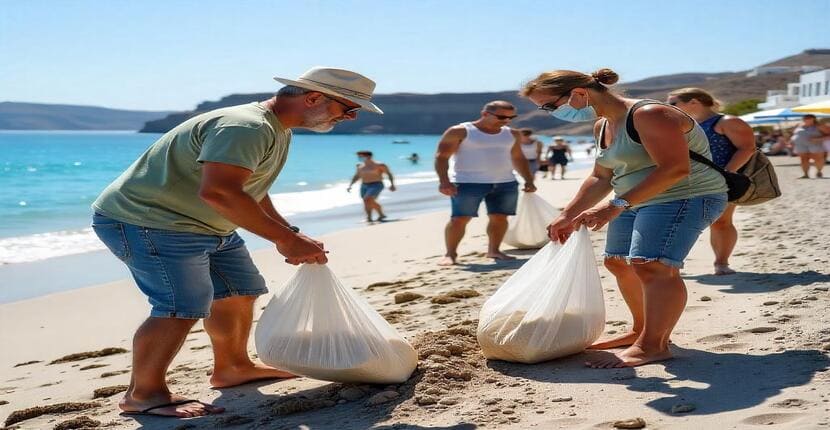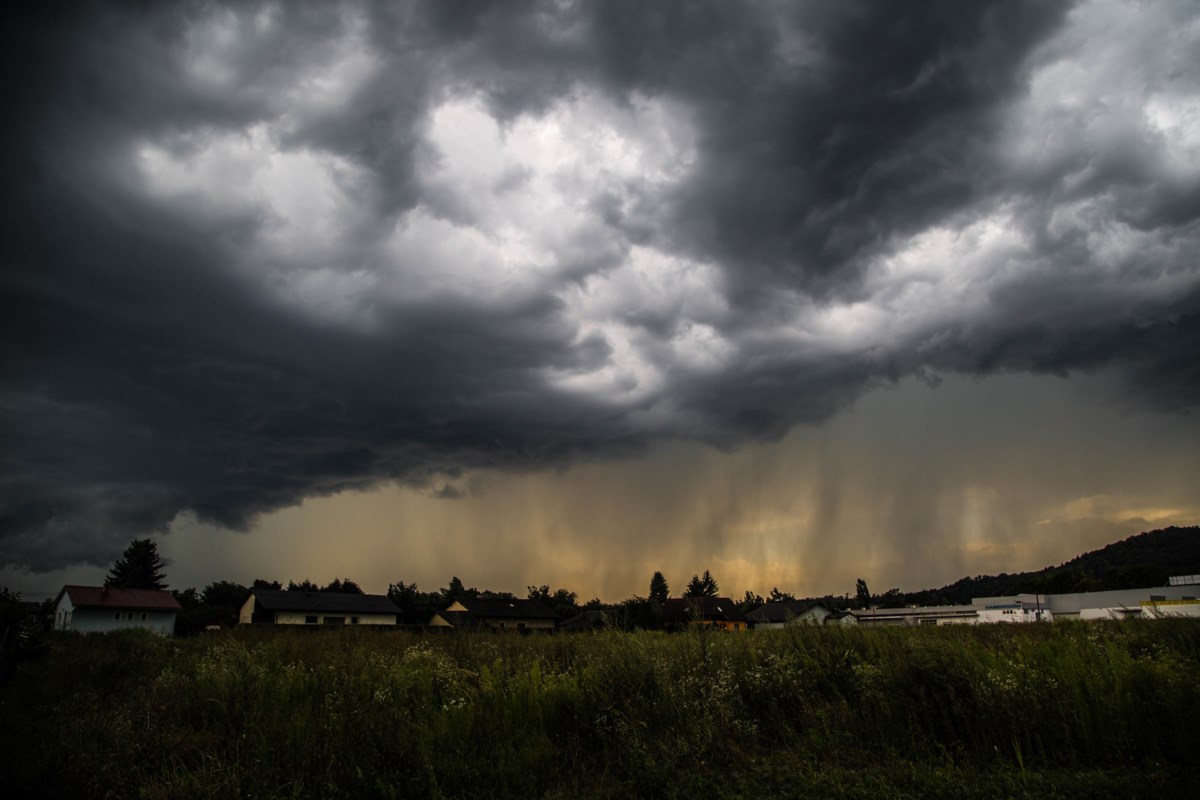Spain's Struggles to Preserve Its Coastal Paradise as Fierce Local Protests Erupt Over Unchecked Surge in Summer Tourism - Travel And Tour World
Saturday, June 21, 2025

Spain’s most iconic holiday destinations, once known for their tranquil charm and natural beauty, are now at the heart of a growing rebellion as local communities push back against the overwhelming surge of tourists. Fueled by record-breaking visitor numbers—especially from the United Kingdom—residents in regions like Majorca and Tenerife are launching powerful protests to defend their way of life, protect limited natural resources, and reclaim public spaces. These demonstrations reflect a deep frustration with what locals describe as a tourist invasion that has strained infrastructure, driven up living costs, and pushed cultural identity to the brink.
Holidaymakers planning summer getaways to Spain may encounter growing tensions in some of the country’s most visited destinations, as residents take to the streets and beaches to protest the mounting effects of overtourism. With millions of international travellers – especially from the United Kingdom – descending on Spanish islands each year, local groups are increasingly vocal about the need to reclaim public preserve public areas while safeguarding the local culture and natural environment.
In Majorca, part of Spain’s Balearic Islands, a local movement known as Mallorca Platja Tour has announced plans to stage a new beach protest in the coming weeks. This grassroots campaign is composed of residents determined to reclaim their island’s shorelines, which they say have been overwhelmed by waves of summer tourists, often leaving no room for the local population to enjoy the beaches themselves.
The group argues that the island is “turning into a theme park,” with approximately 2.3 million British tourists visiting Majorca annually. The influx of holidaymakers has transformed the island’s capital, Palma, into a bustling tourism hub. Known for its magnificent Gothic cathedral of Santa Maria, which stands proudly above the Bay of Palma, the city has become emblematic of both the beauty and the burden brought by high visitor numbers.
The campaign’s aim is to establish designated beach zones that are exclusively for residents—a move they say is necessary to preserve their quality of life and access to public spaces. Last year, Mallorca Platja Tour organized three beach demonstrations, and the latest announcement marks a continuation of their efforts during what’s predicted to be another intense tourist season. The wider concern among communities is that the summer ahead could resemble a “season of discontent,” marked by civil demonstrations and rising hostility toward unregulated tourism.
Beyond the Balearic Islands, similar sentiments are reverberating across the Canary Islands. In Tenerife, protests have also been gaining momentum, with locals confirming they plan to intensify their actions throughout the coming months. Activists have delivered stark messages to incoming tourists, urging them to reconsider their travel plans amid a growing local backlash.
Locals in the Canary Islands warn that the region is now at a breaking point. With nearly eighteen million visitors arriving in 2024—a ten percent surge from the previous year—the pressure on local infrastructure, natural resources, and housing availability has become unsustainable. The surge was led predominantly by British travellers, who made up more than forty percent of all international arrivals. Tenerife, the biggest island in the archipelago, continues to attract the highest number of international tourists.
Demonstrations across the Canary Islands gained traction last October during the school half-term holidays. Thousands of protesters took to the beaches and town centres to highlight the urgent need for reforms in tourism policy. Among their demands are better protections for the environment, restrictions on tourist development, and policies that prioritise the well-being of local residents.
The environmental strain is especially pronounced in coastal areas, where unchecked development has led to habitat degradation and water shortages. Locals also cite rising rental costs and job insecurity as major issues, arguing that while tourism may drive economic growth, it increasingly benefits large corporations rather than the communities hosting the visitors.
The Canary Islands government has acknowledged the challenges, but balancing tourism—one of the region’s main economic drivers—with sustainability and local needs remains a complex task. The protests reflect a broader European trend, as popular tourist destinations from Venice to Lisbon grapple with similar tensions around crowd control, environmental preservation, and community displacement.
As Spain prepares for another peak travel season, tourists are being urged to be mindful of the ongoing unrest. While many will still find sun-soaked beaches and vibrant culture awaiting them, they may also encounter a more charged atmosphere, shaped by communities who feel their voices have long been ignored.
Spain’s most popular coastal destinations are witnessing a wave of fierce local protests as residents fight to protect their communities, environment, and public spaces from the overwhelming surge of summer tourism.
For travellers heading to these sunny shores, the 2025 summer season may bring not only the usual coastal charms but also the unmistakable signs of a country wrestling with the high cost of its global popularity.











